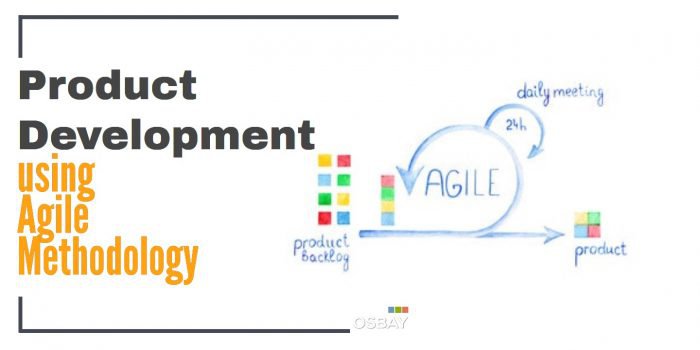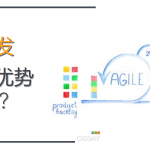Last Updated on
Contents
Product Development using Agile Methodology
Most software development can be categorized as either a waterfall or agile type of methodologies. Both methodologies are examples of a development life cycle. A development life cycle is a process through which an engineering team builds a product. In this guide, we look at the agile product development.
What is traditional/waterfall model?
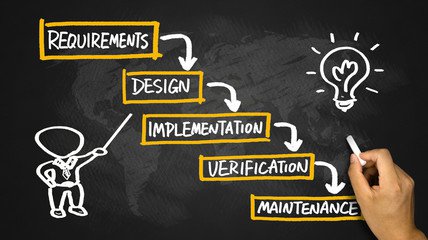
At one point, we all have used an operating system. It is worthy to note that operating systems be it Windows or MacOS have been developed using the waterfall model. Waterfall model concept revolves around a stepwise progression of activities. In this model, the output of one phase automatically becomes the input for the next phase. Thus, there are overlapping phases in this type of methodology. Besides, each phase is well organized and unique. The model divided into six different steps as highlighted.
-
Requirement Analysis

This is an essential step in Waterfall methodology of software development life cycle. The step involves gathering details of what the customer needs are and their expectations.
-
Design

Involves defining the flow of software and hardware architecture, data storage and other strategies aimed at effectively dealing with issues such as exception handling and resource management.
-
Implementation
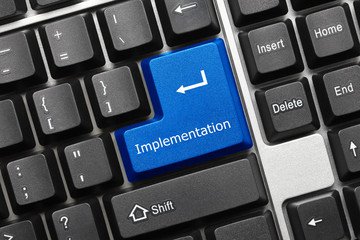
This phase specifically designed for constructing the product as per the design in the previous step. The steps consist of programmers, interface designers and other experts using different tools like debuggers, compilers, media editors and interpreters.
-
Verification

The step geared towards technical verification of individual components and integration. In addition, at this point, one need to ensure that the final output of the software developed is bug-free and matches the requirements outline n requirement analysis step.
-
Maintenance

This phase comes after the installation of the software. It takes care of the bugs or modifications that may arise after deployment.
Although the waterfall model looks perfect for developing software, it has three major setbacks.
- Altering a project at any stage an affect the whole development process since each phase depends on the output of another. Once a product development step completed, it is not easy to back to the previous step to make changes. Thus, increasing the chances of customer dissatisfaction at one point. Additionally, all the deliverables in this project based on documented requirements, clients may not be able to see any progress until the final product finished and at that point, making changes to the system might not be easy.
- Waterfall model relies on the initial requirement. If the requirements are not right, the project is destined to fail. Moreover, gathering and documenting requirements in a manner that a customer understands is always difficult.
- Testing of the whole project is only done at the end. Hence, cost fixing bugs that appeared early in the project are likely to be high.
Due to all these challenges, most engineers have embarked on using the agile methodology for software product development.
What is Agile Methodology?
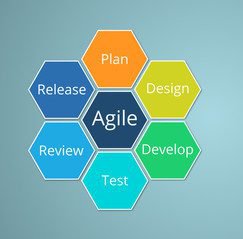
Agile product development refers to an iterative approach to product development that carried out in a collaborative environment by self-organizing teams. Osbay is one of the known companies in applying this methodology in their development process. Thus, they produce high-quality software in a timely and cost-effective manner to meet the stakeholders changing needs.
Agile product development deploys the use of two important concepts-Iterative and incremental.
Iterative and Incremental Product Development
Incremental process refers to building something piecewise. The process offers great visibility on the progress. However, the setback is that incremental building is not complete until the last piece is in concluded.
On the other hand, iterative product development in agile management refers to building something through successive refinement. You start with the crudest implementation that will handle the work and at each stage keep refining the product until it becomes coherent.
Agile product development process combines both incremental and iterative methods. Thus, it reaps off from both to make products better and suit customer requirements and expectations. Additionally, most engineers use scrum as one of the agile frameworks in their projects.
Scrum is part of the frameworks of agile product development. In Scrum approach, you only work on one feature at a time. In the Agile development process, the user requirements are given out in form of an easily understandable and jargon-free one-liner that is referred to us a story.
Some of the notable terminologies used in Scrum Agile product development include:
- Product owner- The person who communicates with other stakeholders, creates and maintains a product backlog.
- Scrum Master: Helps achieve tasks and build long-term sustainability. He acts as a coach for the team.
- Developer: Everyone else in the process regarded as a developer irrespective of their work or qualifications.
- Backlog: Refers to an artifact created by the product owner. It contains all the project requirements.
- Sprint: Refers to a time frame in which users expected to accept user stories.
- Sprint backlog: These are top priority items from the product backlog.
Summing Up
Agile product development used to handle complex projects. For instance, in scrum project management, one can develop a software that is iterative and works best to meet clients’ needs. Osbay has used agile management method to quickly and effectively deploy their mobile apps to the market at a friendly cost.

